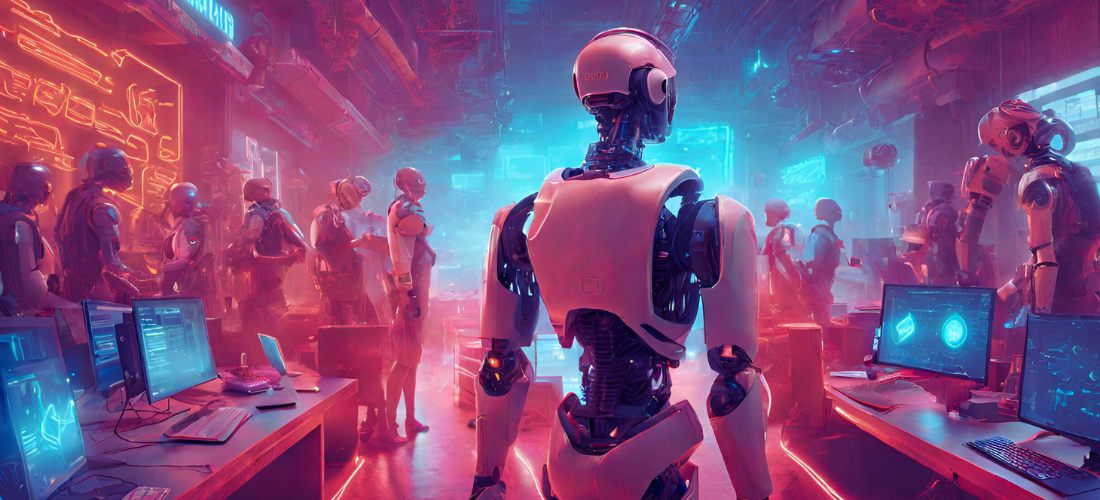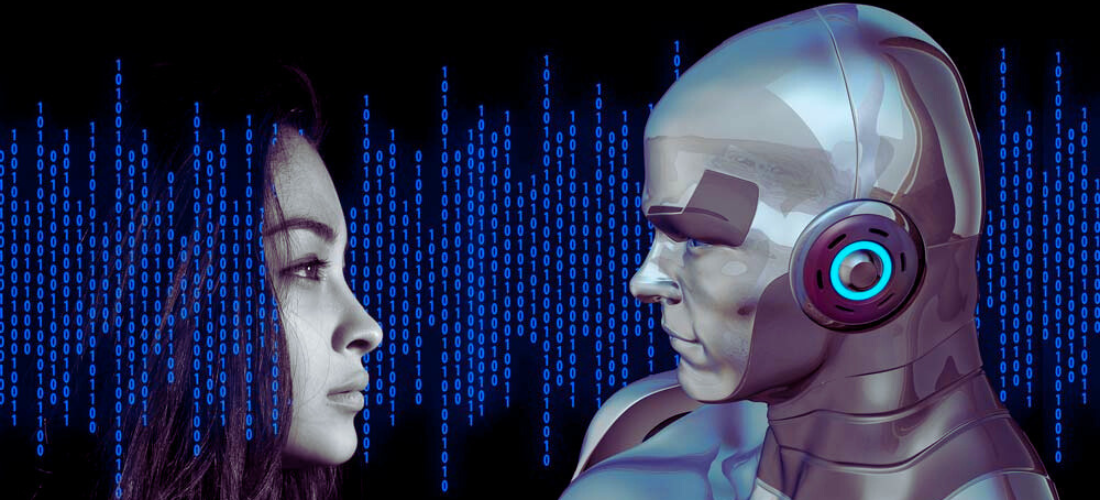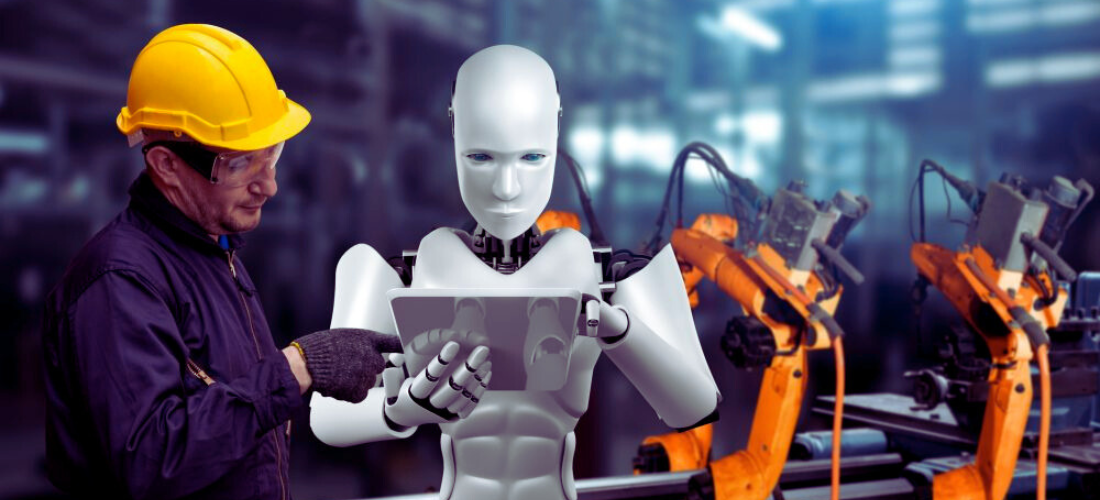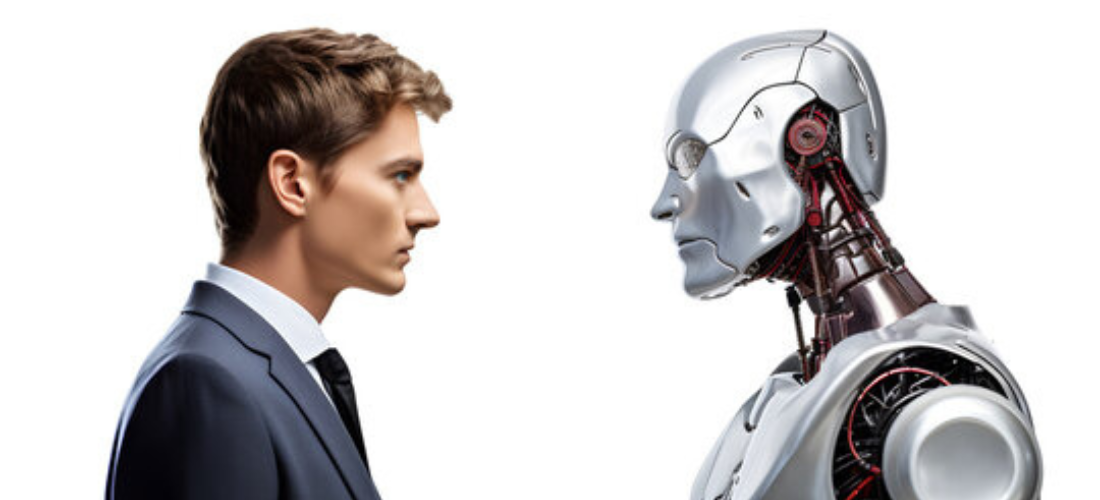
Exploring the Dynamics of Labor Change
Introduction: The Technological and Demographic Crossroads
In today's world, we find ourselves at a crossroads defined by two powerful forces shaping the labor horizon: the rapid advancement of technology and the unavoidable phenomenon of demographic aging. These two currents, far from being merely disruptive, carry with them the promise of a more prosperous and equitable future. On one hand, continuous technological progress opens the door to a world of possibilities, facilitating the automation of tedious tasks and freeing individuals to focus on more creative and meaningful activities. On the other hand, the increase in population longevity suggests an extension of life expectancy and the opportunity to enjoy more years in fullness.
However, to fully capitalize on these opportunities and mitigate the challenges they entail, it is crucial to adopt a proactive and determined stance. Mere contemplation of these phenomena will not suffice; concerted and strategic action is required to ensure that the benefits of technological progress and demographic aging translate into a tangible improvement in quality of life and job opportunities for all. In this sense, careful planning and the implementation of policies at both national and corporate levels will play a fundamental role in shaping the future of work in an ever-evolving world.

The Challenge of Training: Closing the Skills Gap
The challenge of closing the skills gap stands out as one of the most prominent obstacles on the path to technological adoption and labor adaptation worldwide. Labor preparedness levels are notably below desired standards, creating a disparity that limits our ability to embrace change and compete in a globalized and dynamic market.
This training deficiency not only impacts individuals' ability to assimilate new technologies but also hinders their capacity to adapt to the dizzying changes characterizing the current labor world. Automation and artificial intelligence emerge as disruptive forces threatening obsolescence to a substantial portion of traditional jobs in our society.
Addressing this challenge not only involves closing the existing skills gap but also anticipating future demands in the labor market, preparing individuals for the jobs of tomorrow. Only through sustained and collaborative commitment between technology, businesses, and society as a whole can we overcome this challenge and forge a prosperous and equitable future of work for all.

Educational Response: Forging a Path to Inclusion and Equity
In light of this scenario, education emerges as the primary tool to tackle the challenges of the future of work. Lifelong learning becomes crucial throughout one's work life. Companies must identify the necessary skills in the market and commit to training individuals. The best response to the challenge of technological development is technological education. This approach not only allows us to take advantage of new technologies but also contributes to building a more inclusive and less unequal society.

Navigating Toward a Future of Technological Collaboration
The future of work is not merely a confrontation between robots and humans. Rather, it is a process of constant adaptation and collaboration between technological innovation and human wisdom. In this journey into the unknown, continuous training and a proactive vision are our best guides. It is time to embrace change with resilience and forge a tomorrow where collaboration between humans and technology is the key to shared progress and infinite humanity.



